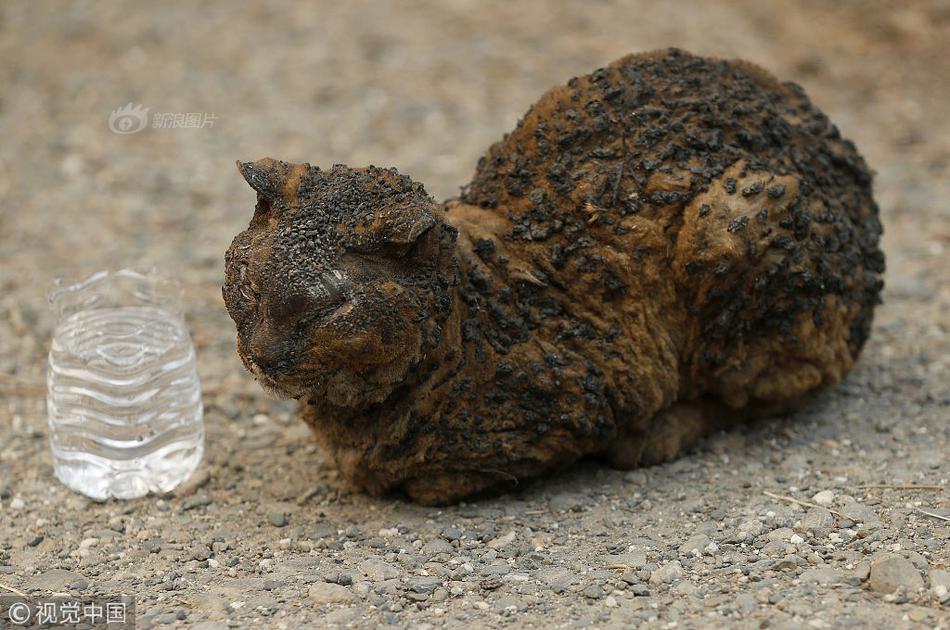【】
The Indigenous people of Australia have lived there for a very, very long time, but just how long has been a source of contention.
Now there's perhaps a more concrete answer. New evidence published in the journal Naturepoints to humans inhabiting Australia for 65,000 years -- much earlier than the 47,000 years estimated by some archaeologists.
SEE ALSO:Morocco fossils push back the timeline on human originsIt's the result of more than 10,000 artefacts discovered at the lowest layer of a site called the Madjedbebe rock shelter, which uncovers some of the complex behaviour of the earliest modern humans.
"The site contains the oldest ground-edge stone axe technology in the world, the oldest known seed-grinding tools in Australia and evidence of finely made stone points which may have served as spear tips," according to Associate Professor Chris Clarkson from the University of Queensland in a statement.
 Excavation leader Chris Clarkson stands in front of the 2015 excavation area with local Djurrubu Aboriginal Rangers Vernon Hardy, Mitchum Nango, Jacob Baird, and Claude Hardy.Credit: © Gundjeihmi Aboriginal Corporation
Excavation leader Chris Clarkson stands in front of the 2015 excavation area with local Djurrubu Aboriginal Rangers Vernon Hardy, Mitchum Nango, Jacob Baird, and Claude Hardy.Credit: © Gundjeihmi Aboriginal Corporation"Most striking of all, in a region known for its spectacular rock art, are the huge quantities of ground ochre and evidence of ochre processing found at the site, from the older layer continuing through to the present.
Since the 1970s, archaeologists have excavated the Madjedbebe site four times, most recently in 2012 and 2015.
It's located on the lands belonging to the Mirarr people, in an area surrounded by Kakadu national park in the Northern Territory. The Mirarr reached a landmark agreement with researchers to dig up the site.
Dating of these artefacts by Professor Zenobia Jacobs from the University of Wollongong also reveals the earliest Indigenous Australians lived alongside an extinct species of giant animals.
 An edge-ground hatchet head being excavated.Credit: © Gundjeihmi Aboriginal Corporation
An edge-ground hatchet head being excavated.Credit: © Gundjeihmi Aboriginal CorporationThe discovery could also challenge what is understood about the dispersal of modern humans out of Africa, to what is now Southeast Asia.
It's thought that people crossed over from Southeast Asia to Australia at a time when there were lower sea levels and a shorter distance between the two countries.
Located within an area earmarked for uranium mining, Madjedbebe has been at the centre of archaeological debate -- but the latest findings also accentuate how important it is to protect the site.
"This study confirms the sophistication of the Australian Aboriginal toolkit and underscores the universal importance of the Jabiluka area," Justin O'Brien, CEO of Gundjeihmi Aboriginal Corporation, said in a statement.
"These findings reinforce the need for the highest level of conservation and protection for this site."
Featured Video For You
'Forest Bathing': How steeping yourself in nature could help with stress
相关文章

Sound the alarms: Simone Biles finally met Zac Efron
Is there anything Simone Biles can't do?The unstoppable gymnast just won her fifth medal of the Rio2025-12-15
'Pokémon Go' shatters records on its way to estimated 75 million downloads
The days of insane growth may be over for Pokémon Go(and frankly, it's hard to imagine any ap2025-12-15
Interactive chatbot lets you speak in real
The rise of the bot has been one of the dominant tech trends of 2016, but apart from ordering you fl2025-12-15
Onitsuka Tiger collaborates with Singapore artists
SINGAPORE -- You'll probably best remember Onitsuka Tiger as the brand of sneakers Uma Thurman wore2025-12-15
Hiddleswift finally followed each other on Instagram after 3 excruciating days
On Aug. 13, 1961, Germany began construction of the Berlin Wall, perhaps the greatest symbol of the2025-12-15
Fourth 'Star Trek' movie announced, Chris Hemsworth to return
Beyond Star Trek Beyondthere is more Star Trek.The new movie isn't even out yet, but Paramount just2025-12-15

最新评论